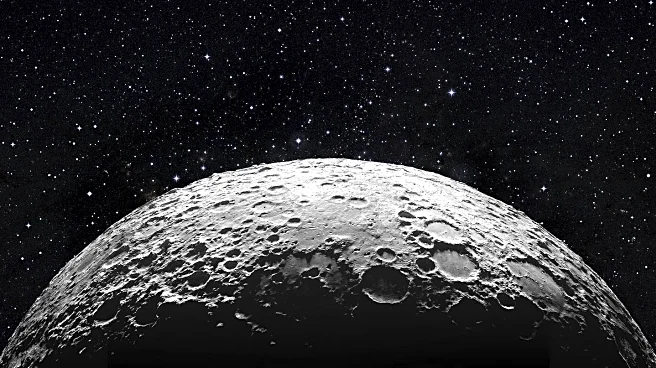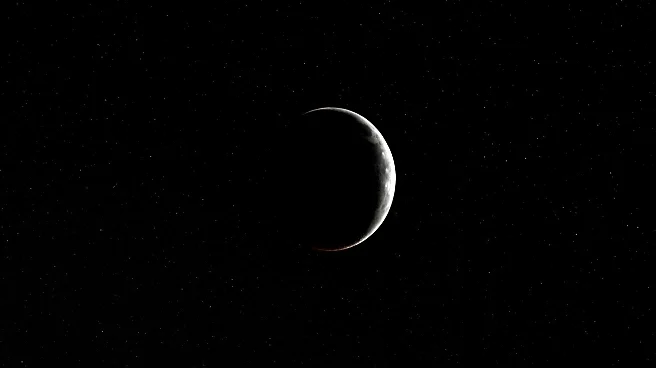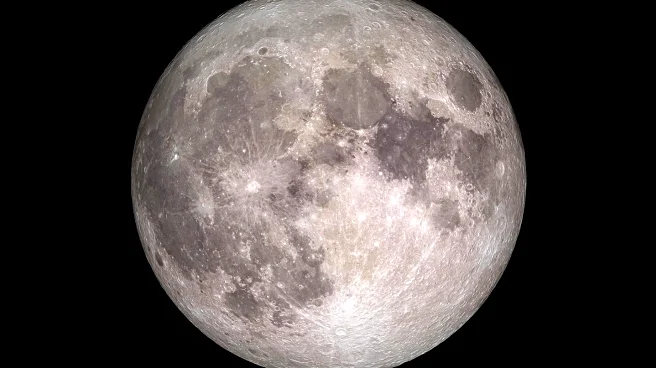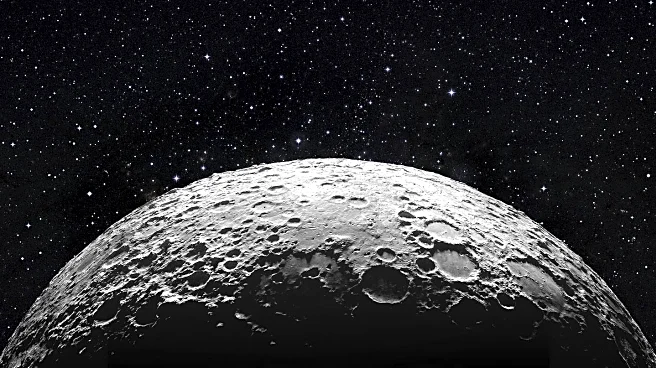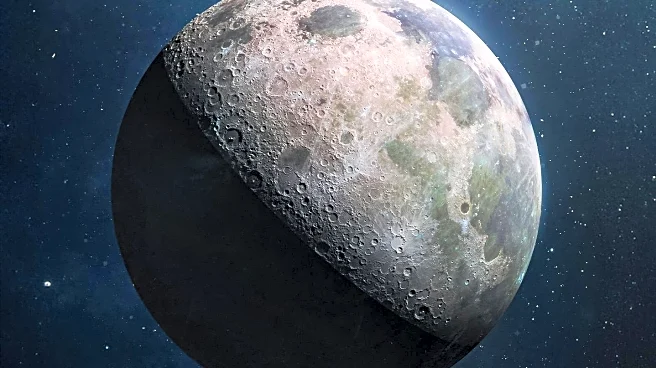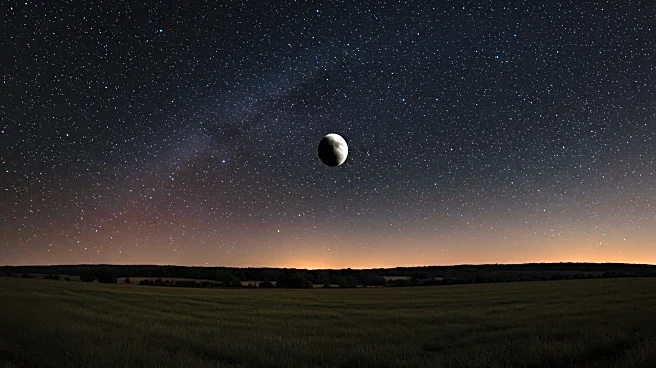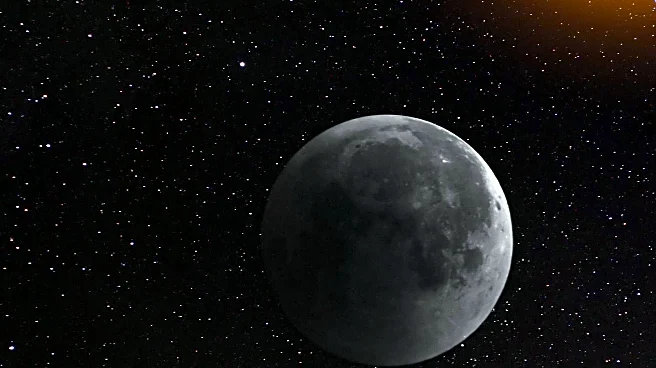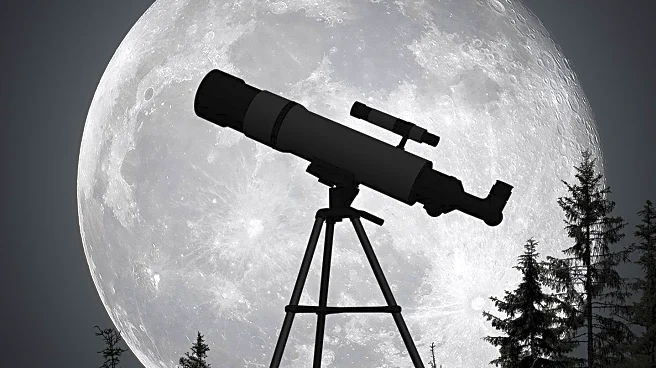What is the story about?
What's Happening?
A rare astronomical event known as a 'black moon' is set to occur on August 23, 2025. This event, which happens once every 33 months, involves the moon passing through its new moon phase at 2:06 a.m. ET. Despite its rarity, the black moon will be invisible to observers on Earth due to the alignment of the sun, moon, and Earth, with the moon's dark side facing Earth. The term 'black moon' is not officially recognized in astronomy but is used to describe the occurrence of a third new moon in a season that has four new moons. This event provides an opportunity for stargazers to enjoy a seemingly moonless sky, which could enhance the visibility of the Perseid meteor shower.
Why It's Important?
The black moon event is significant for astronomers and enthusiasts as it highlights the intricate dynamics of lunar phases and their impact on night sky visibility. While the black moon itself cannot be observed, its occurrence during the Perseid meteor shower offers a chance for enhanced meteor viewing due to reduced lunar brightness. This event underscores the importance of understanding celestial mechanics and their influence on astronomical observations. It also serves as a reminder of the rarity and predictability of such phenomena, which can inspire interest and education in astronomy.
What's Next?
Following the black moon event, the next occurrence is not expected until August 31, 2027. In the meantime, astronomers and enthusiasts can look forward to other celestial events and continue to study the effects of lunar phases on night sky visibility. The event may also prompt discussions on the naming and classification of astronomical phenomena, as well as the potential for public engagement in astronomy through rare events.
AI Generated Content
Do you find this article useful?
